Electricity bills make up a significant portion of your utility costs. At the same time, most of the energy is spent on the operation of household appliances: even if there are no energy-saving light bulbs in the house, no more than 1/5 of the entire payment is spent on lighting. Proper use of household appliances will help you save money without compromising your comfort.
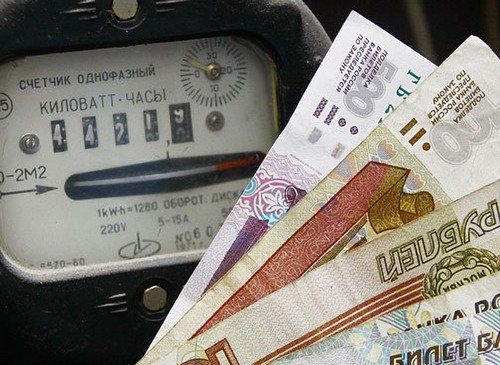
When purchasing new electrical appliances, it is important to pay attention to their energy consumption class. It is calculated by the manufacturer based on the cost of using the device over its entire service life. The most economical equipment is class A, and equipment marked with the letter G has a very low level of energy efficiency. And although saving devices are more expensive, the difference in price will more than pay for itself during operation.
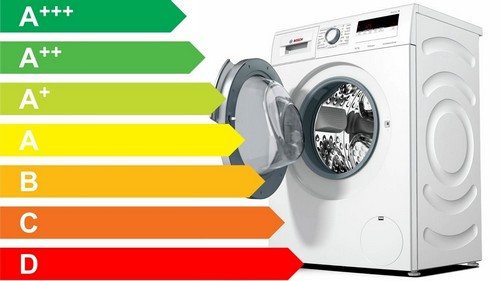
Fridge
The main “waste” of energy in the house is the refrigerator. The device operates 24 hours a day, consuming from 20 to 40% of all electricity.
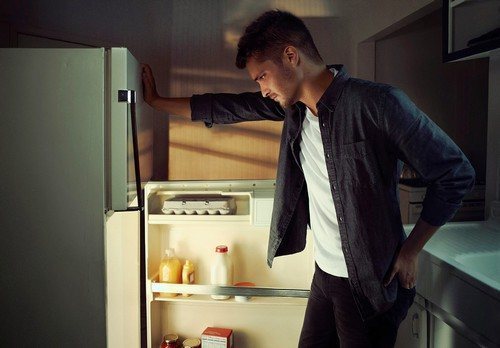
To reduce the load on the motor and reduce the energy consumption of the refrigerator, you need to handle it correctly:
- Do not keep the door open for too long and do not look into the refrigerator just like that, without a purpose - warm air penetrates into the chamber, which makes the device work with double force.
- Place only foods that have cooled to room temperature inside.
- Defrost the device regularly and prevent ice from forming on its walls.
- Do not place the device in a warm place: close to a stove or radiator.
- Leave gaps between the refrigerator and the wall: poor air circulation will lead to overheating of the device.
- Maintain the temperature in the kitchen no more than 20 degrees. It is more economical to place a separate freezer on a cool balcony than in a warm room.
The “vacation” mode, which is found on many modern devices, makes it possible to turn off the freezer or reduce the temperature in both compartments.
Electric stove
In second place in terms of energy consumption is the electric stove, which accounts for about 20% of the total bill.
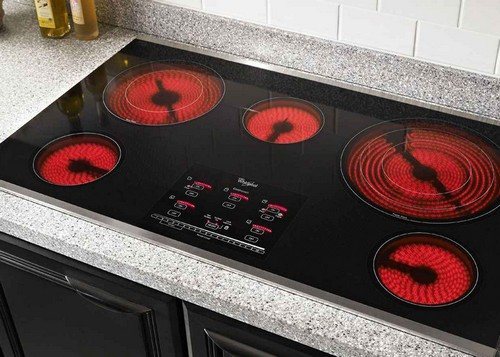
Simple steps will help reduce the cost of operating an electric stove:
- During cooking, cover the dishes with lids to prevent excess heat consumption - this will reduce the cooking time by about 1.5 times.
- When cooking vegetables or eggs, do not add more water to the pots than necessary.
- Turn off the burners 5 minutes before the dish is ready - there will be enough residual heat to complete the process.
- Use pots and pans with a flat bottom and a diameter equal to or slightly larger than the size of the heating element.
- Do not preheat an electric oven unless the recipe calls for it.
For simple operations, it is better to use a toaster, pressure cooker, microwave and electric kettle - they significantly speed up the heating or cooking process without wasting extra energy.
Washing machine
Although the washing machine does not work 24/7, it accounts for 15% of all electricity consumed.
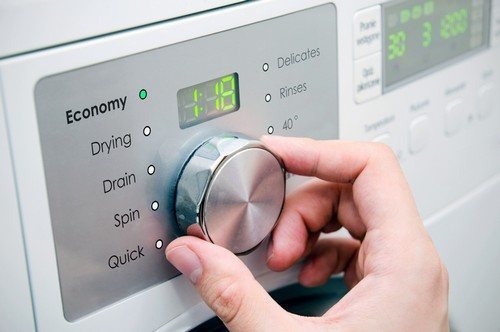
The following will help reduce the energy consumption of your washing machine:
- Full load: If you fill the drum halfway, then 50% of the device's power will be wasted. (But at the same time, an excessively clogged tank will also lead to unnecessary energy consumption).
- Using the economical washing mode.
- Medium water heating mode: washing at 30 or 40 degrees is no less effective, besides, modern clothes and washing powders are designed specifically for washing at low temperatures. It should be taken into account that to heat water to 30 degrees, the machine spends 35% less energy than when washing at 40.
When choosing a temperature regime, it is important to take into account the degree of contamination of things. It is better to wash heavily soiled clothes immediately in hot water, since if stains remain after using the economy mode, the process will have to be repeated.
All household appliances are in standby mode
Almost every apartment has household appliances connected to the network in standby mode, which consume electricity absolutely uselessly.
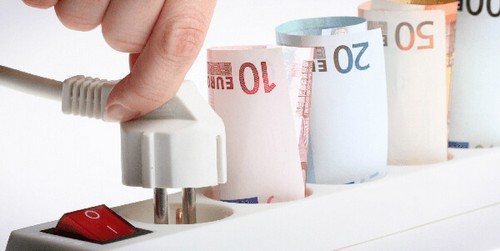
By promptly de-energizing unused appliances, you can save up to 2% of the cost of electricity. To prevent the meter from wasting extra kilowatts, it is enough to follow simple rules:
- Unplug all household appliances from the outlet when they are not in use (for example, a TV turned off with the remote control but left plugged in consumes up to 9 kW per month).
- Do not leave a running computer or TV in a room where there is no one: it is easy to turn off and turn on the device again if necessary.
- Remove chargers from outlets when not in use.
- Do not use extension cords unless necessary - they also increase the energy consumption of devices.
Smart home technologies and GSM sockets that can be controlled remotely from a smartphone also help reduce electricity costs.
Careful and conscious handling of household appliances will save up to 30% per month on your electricity bill. But at the same time, it is important to observe moderation and not turn frugality into stinginess, which will deprive all family members of the necessary comfort.


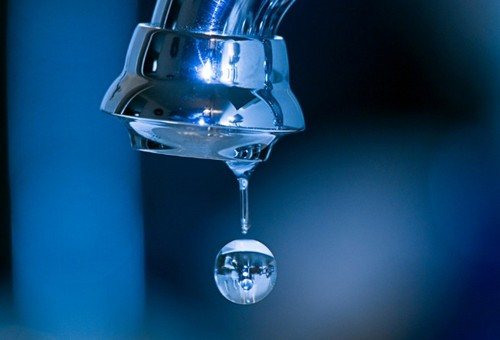

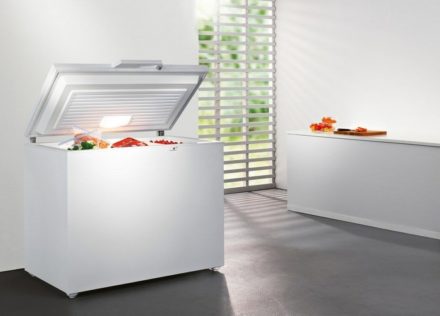
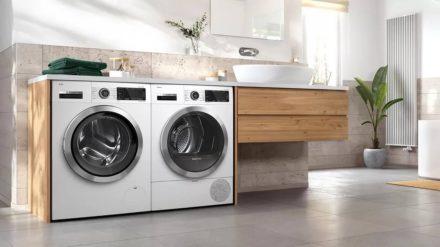
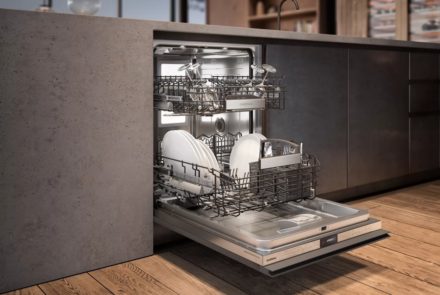
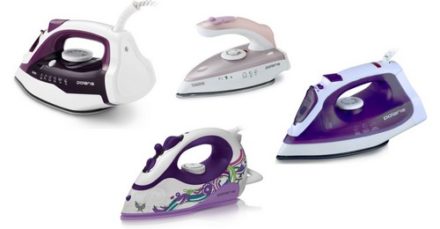

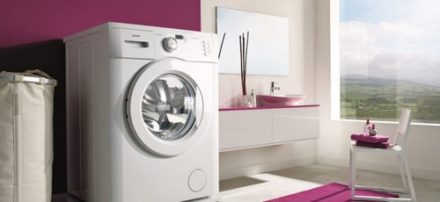
Advice is useless on its own! Because do not take into account other, but no less, and sometimes more, important circumstances. I don’t want to list it here, because... this is the topic of a separate article. But as an example, if you wash in a washing machine all the time at a temperature of 30-40 degrees, in a year and a half you are guaranteed to get mold on the machine parts, a bunch of harmful bacteria that will transfer to the laundry (hence, by the way, many “women’s” problems) , and an unpleasant smell not only from the linen, but also in the bathroom...
If you wash at a low temperature, the laundry does not rinse and smells like powder.
Under no circumstances should the drum be loaded more than halfway.On modern machines, only one or two out of 20 are designed for the declared power, and the remaining 30% is 50% and the rest are 20-30% maximum.
My wife “saving”... the result is stretched shock absorbers, the elastic band allows water to pass through, belt wear, increased energy consumption and load on the motor, non-industrial laundry and triple-Thursday rinsing instead of one, beating and knocking of the machine, etc...
Basic knowledge in electrical engineering can be obtained at school, if you attend, of course